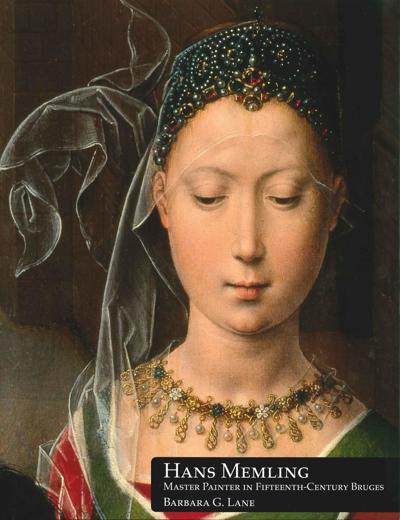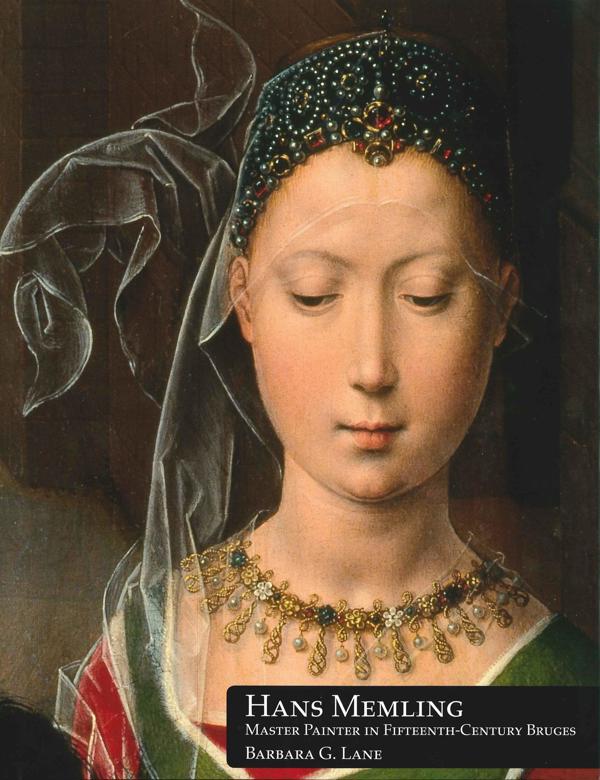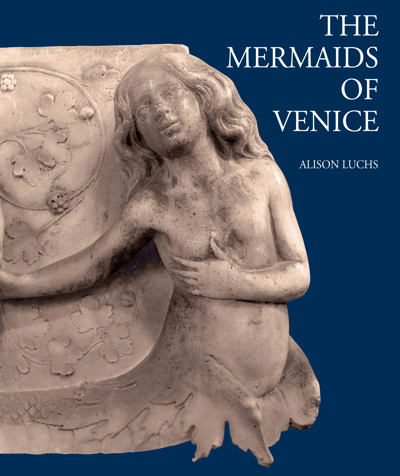
Hans Memling, Master Painter in Fifteenth-Century Bruges
Barbara Lane
- Pages: 386 p.
- Size:220 x 280 mm
- Illustrations:302 b/w, 32 col.
- Language(s):English
- Publication Year:2009
- € 140,00 EXCL. VAT RETAIL PRICE
- ISBN: 978-1-905375-19-6
- Hardback
- Available
"Her beautifully designed book is a thorough, well-conceived study that will not only satisfy the specialist but also those looking for a useful introduction to the artist's work and the problems attached to the study of Early Netherlandish painting."
(Till-Holger Borchert, in: The Burlington Magazine, CLII, February 2010, p. 103)
"Lane's excellently illustrated book makes a substantial contribution to the ongoing reappraisal of this remarkable painter." (P. Hardwick in Sixteenth Century Journal, XLII/4, Winter 2011, p. 1133-1135)
"Lane offers a fine introduction to the life and work of Hans Memling. Her discussion of his patronage, the function of his panels, and the painter's relationship to Italy are well presented." (H. Luttikhuizen, in: Historians of Netherlandish Art, www.hnanews.org/hna/bookreview/index.html, 2012)
This book contributes to the ongoing reappraisal of Memling by addressing some of the tantalizing problems that remain unresolved despite much recent study of his work. Beginning with the question of his training, the text follows him on his Wanderjahre from his native Germany to Bruges, where he became a citizen in 1465. It then considers his activities as a master painter in Bruges, concentrating on the late fifteenth and early sixteenth centuries, including the work of such major artists as Leonardo da Vinci and Raphael.
Barbara G. Lane




